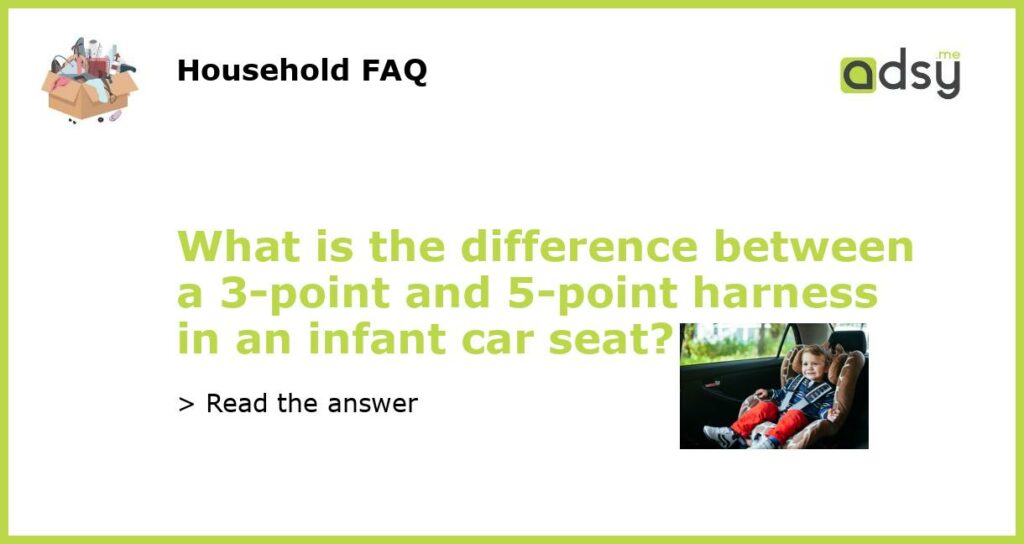Understanding the Basics: Infant Car Seats, Harnesses, and Safety
When it comes to infant car seats, safety is of utmost importance. Harnesses play a crucial role in keeping your child safe in the event of a collision. But what’s the difference between a 3-point and a 5-point harness?
What is a 3-Point Harness?
A 3-point harness is the traditional style of harness in infant car seats. It consists of a strap that goes over the baby’s lap and another that goes over the baby’s shoulders and connects to the back of the car seat. The lap strap is designed to keep the baby from sliding under the harness in the event of a crash.
What is a 5-Point Harness?
A 5-point harness is considered to be a safer alternative to the traditional 3-point harness. In addition to the lap and shoulder straps, 5-point harnesses also have two straps that come up between the baby’s legs, securing them in their seat and preventing them from sliding out in the event of a collision.
Which One is Safer?
While both harnesses are designed to keep your child safe in the car, the 5-point harness is considered to be the safer option. The additional leg straps help to distribute crash forces more evenly across the baby’s body, reducing the risk of injury. In fact, according to the National Highway Traffic Safety Administration (NHTSA), 5-point harnesses are recommended for children in car seats until they outgrow them.
When Should You Switch to a 5-Point Harness?
The American Academy of Pediatrics recommends that children remain in rear-facing car seats with a 5-point harness until they are at least 2 years old, or until they reach the highest weight or height allowed by the car seat manufacturer. After that, children should ride in a forward-facing car seat with a 5-point harness until they outgrow it, usually around age 4.
Ultimately, the decision between a 3-point harness and a 5-point harness comes down to personal preference and safety concerns. While both options can keep your child safe in the car, a 5-point harness is generally considered to be the safer choice. Remember to always follow the manufacturer’s instructions and recommendations for your child’s car seat and harness.






